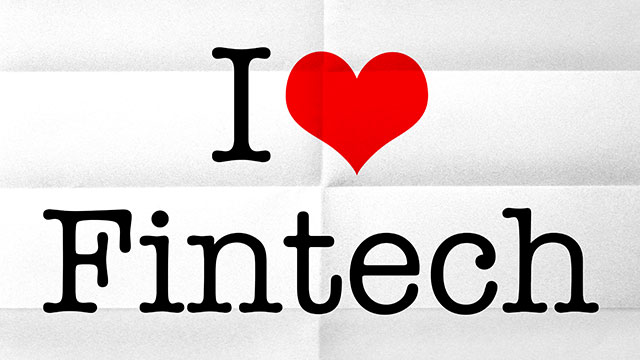My good friend Chris Skinner has been pointing out the different ways regulators around the world are supporting the FinTech ecosystem. And rightly so. From setting up dedicated FinTech offices to providing sandboxed environments to safely try new tech, regulators in the UK, Singapore, Hong Kong and elsewhere are actively focused on financial services innovation.
In other words, along with their remit as policy makers, rule writers and enforcers, these regulators are now also taking on a business development role. This is a significant development, and it is to be welcomed. But if regulators want to be really effective, they need to approach this new role in the right way.
Here’s why I think so.
Fast track
Financial services is one of the most highly regulated industries in the world. Even in the most stable times the regulator plays a key role in how banks run their businesses and how a given financial center operates.
In our current environment of highly disruptive new tech and massive innovation, with high numbers of new entrants from outside the industry and banks rethinking business models, regulatory decisions will have even more impact.
If the regulator is not part of the innovation ecosystem it can among other things greatly reduce the speed at which innovative ideas become workable products. And let’s make no mistake: when it comes to business development, time to market is essential.
Your regulator, the FinTech accelerator
As I have written elsewhere, I believe strongly both that innovation can be orchestrated, and that open collaboration – even among competitors – is unavoidable in today’s complex world.
I think regulators are in a unique position to take on the role of innovation orchestrators. In particular I believe they:
- need to bring the whole ecosystem together – high-tech firms, consulting firms, startups, incumbent banks and other stakeholders.
- should foster collaboration, if not mandate it.
- if possible, provide sandboxed real-time production environments to try out new capabilities in ways that are safe for the companies and the financial system.
Sandboxed environments, such as those of the FCA and MAS, are I think particularly powerful tools. They are also prudent measures in our age of highly disruptive, often cloud-based, FinTech, and considering such thorny issues as data location, data privacy, operational resiliency and so on.
A virtuous circle
Building and supporting this kind of an innovation ecosystem can result in the following virtuous circle of advantages:
- It means all parties go through the learning curve together. This helps avoid redundant work and quickly spreads adoption of the best new ideas.
- It replaces the traditional, formal regulatory discussions with a more informal, open and proactive regulatory dialog.
- Working together the ecosystem will not only more quickly understand the new possibilities, it will also more quickly uncover the risks and limitations – as well as ways to overcome these.
- With the regulator as part of the process, these learnings can be more quickly reflected in better policy and laws.
- Better policy and laws in turn will reduce regulatory uncertainty and hence attract business.
- As business flow moves towards a particular jurisdiction, that financial center is naturally strengthened.
Compete together
One last thought on competition.
There is no doubt we are seeing a fierce battle between financial centers being played out in the tech and innovation space. When regulators become business developers, they naturally join the fray. But it is in the interest of all regulators to strengthen the global financial system as a whole as well.
The good news is that we are also seeing cooperation between regulators, as with recent bilateral agreements between the UK and Singapore authorities or the UK and Australian ones.
This is the right way to go. Just as in the tech environment, in the regulatory environment we need to build the standards, the rules, and the rest of the foundation together, across jurisdictions.
FinTechs in jurisdictions with supportive regulators should seek them out and become part of the dialog. Those regulators still on the sidelines, or which take an overly restrictive stance on innovation, risk getting in the way of progress – and potentially doing harm to the financial centers they are tasked with caring for.










